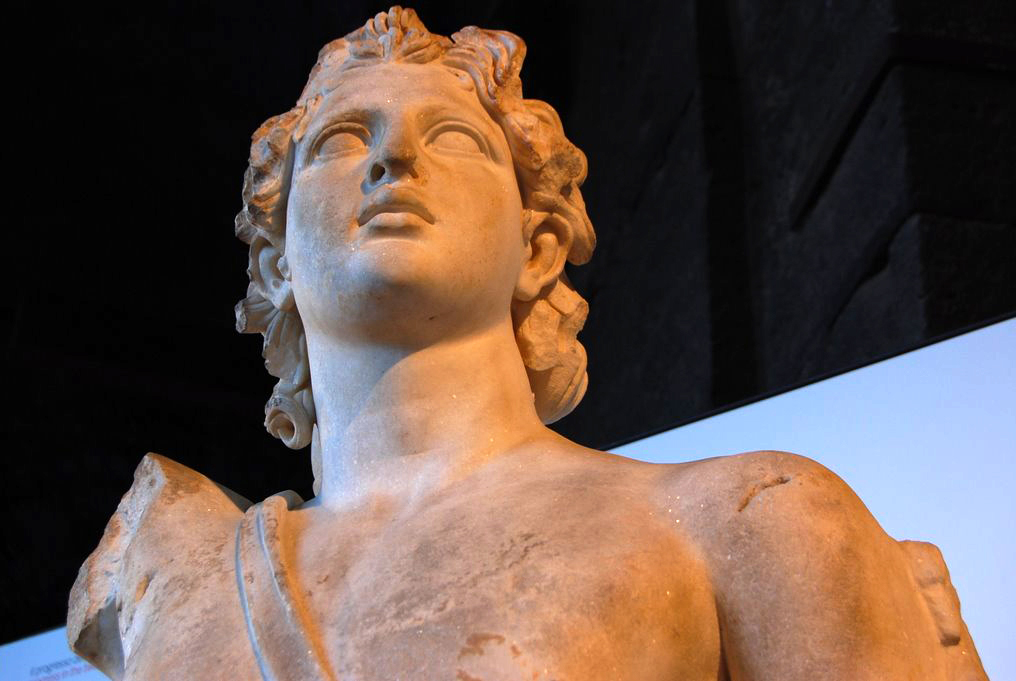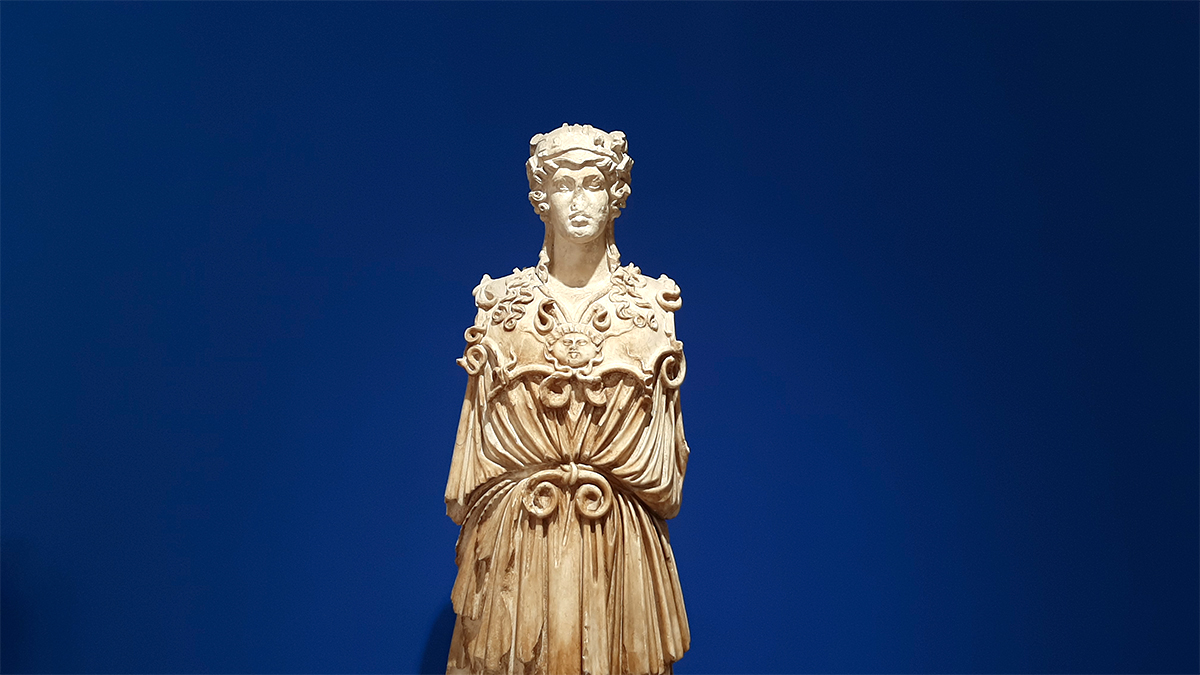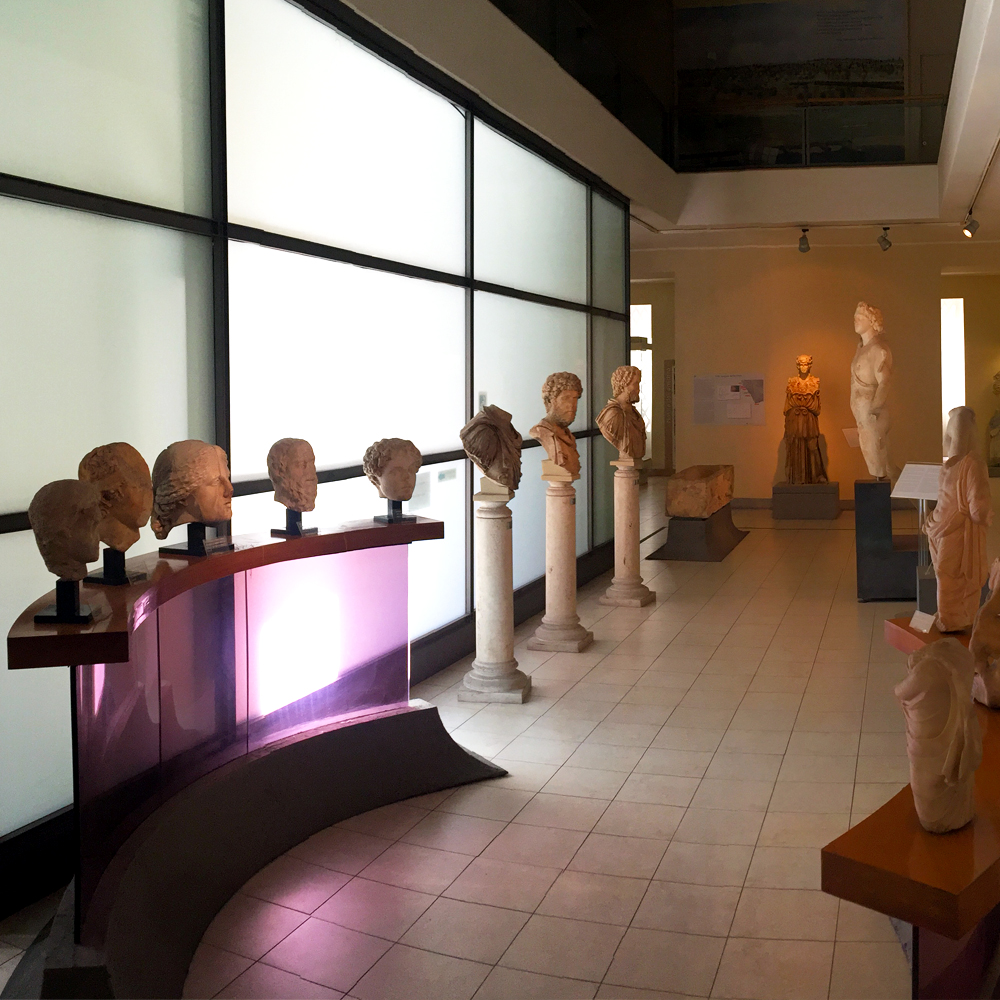National Archeological Museum of Civitavecchia
National Archeological Museum of Civitavecchia: a jump back into the past among Etruscan finds, bronzes, pottery and much more.MUSEUM CLOSURE NOTICE - CIVITAVECCHIA: we inform that until April 30th 2026, the Museum will be closed for reorganisation works and improvements to the accessibility of the exhibition spaces.
Some extraordinary openings are planned during the closure period: we invite you to follow the museum's official channels for all updates.
The National Archeological Museum of Civitavecchia, also known as City Museum, is located inside the eighteenth-century building commissioned by Pope Clement XIII in the eighteenth century, a stone's throw away from Fort Michelangelo.
The museum preserves the main historical and archaeological testimonies of the city, including also artefacts from the territory, both from the coastal sites and from the mountains of Tolfa. We remind that the city of Civitavecchia was founded by the emperor Trajan to be the port of Rome, a role it still has today.
If you are in the surroundings and have a couple of hours to spend in the city, we recommend to visit it...
VISIT ITINERARY
The Archeological Museum of Civitavecchia presents an itinerary designed over two floors, with records from the dawns of civilization, during the whole Ancient times, until the Middle Ages.
Extension works are planned. We will keep you updated!
GROUND FLOOR
At the ground floor the most interesting finds that can be admired are a statue of god Apollo (first century AD), discovered during the excavations in the villa Simonetti of Santa Marinella, former summer residence of the Roman jurist Eneo Domizio Ulpiano. It is very likely a reproduction of the Colossus of Rhodes.
Of particulare importance there is also a reproduction of the Athena Parthenos ("Athena the Virgin") by Phidias dating back to mid second century AD and some mable heads, one of them representing young emperor Marcus Aurelius.

Archeological Museum of Civitavecchia - Statue of Apollo

Fidia's Athena Parthenos enhanced by the new Blue Klein background
Recently at the ground floor has also been opened a new Epigraphic Room, hosting, besides the wonderful Roman epigraphs of the Imperial Fleet, also two new invaluable finds: a head of nymph from Hadrian times, discovered close to the Taurine Baths and a figurehead with female bust made with solid bronze of Roman times, discovered in mid 800 in the port, donated by then prince of Ardia to the National Museum.
FIRST FLOOR
On the first floor of the Museum you can admire pottery and bronze finds and some examples of Etruscan Bucchero from the main settlements of the area: Castellina del Marangone with its Etruscan necropolis (Marangone and Volpelle) and Aquae Tauri with the Etruscan necropolis of Pisciarelli.
In particular a gobblet decorated by impression (seventh century BC), an splendid balsamario with a female figure on her knees in front of another woman (of Egiptian inspiration and origin, sixth century BC), and some black-coloured ceramic vases (fourth century BC). Not to be missed is also some metal finds with a bronze ring and a gold earring of valuable refinement.
Bucchero is a class of black ceramics, usually thin and light, made by Etruscans to realize decorated vases with various tecniques: from incision, to mould design, to use of ornamental elements.

Archeological Museum of Civitavecchia - Marble heads and busts

Archeological Museum of Civitavecchia - Head of Marco Aurelio
In the back room, which has the original 1970s layout created by the architect Minissi, there are finds from the Etruscan sanctuary of Punta della Vipera and from the important village of Luni sul Mignone, with pottery typical from the Apennine and rare Mycenaean ceramics.
The other showcase display a series of precious objects from the Museum's collections, chronologically exhibited through the entire cycle of Etruscan culture. The exposition closes with materials from the Taurine Baths and the proto-Villan necropolis of La Pozza (Allumiere).

National Archeological Museum of Civitavecchia
Enjoy your visit!
Useful information
- HOW TO GET THERE
The Museum is situated close to the entry point of Varco Fortezza (Fort Michelangelo) of the Port of Civitavecchia.
- TIMETABLES
- Tuesday - Sunday from 8.30 tam to 7.30 pmMonday Closed.
- PRICES
The entrance fees are:
Full ticket: 3 eurosReduced ticket: 2 eurosFree admission according to the provisions of the Ministry of Culture



 PORT MOBILITY CIVITAVECCHIA
PORT MOBILITY CIVITAVECCHIA














